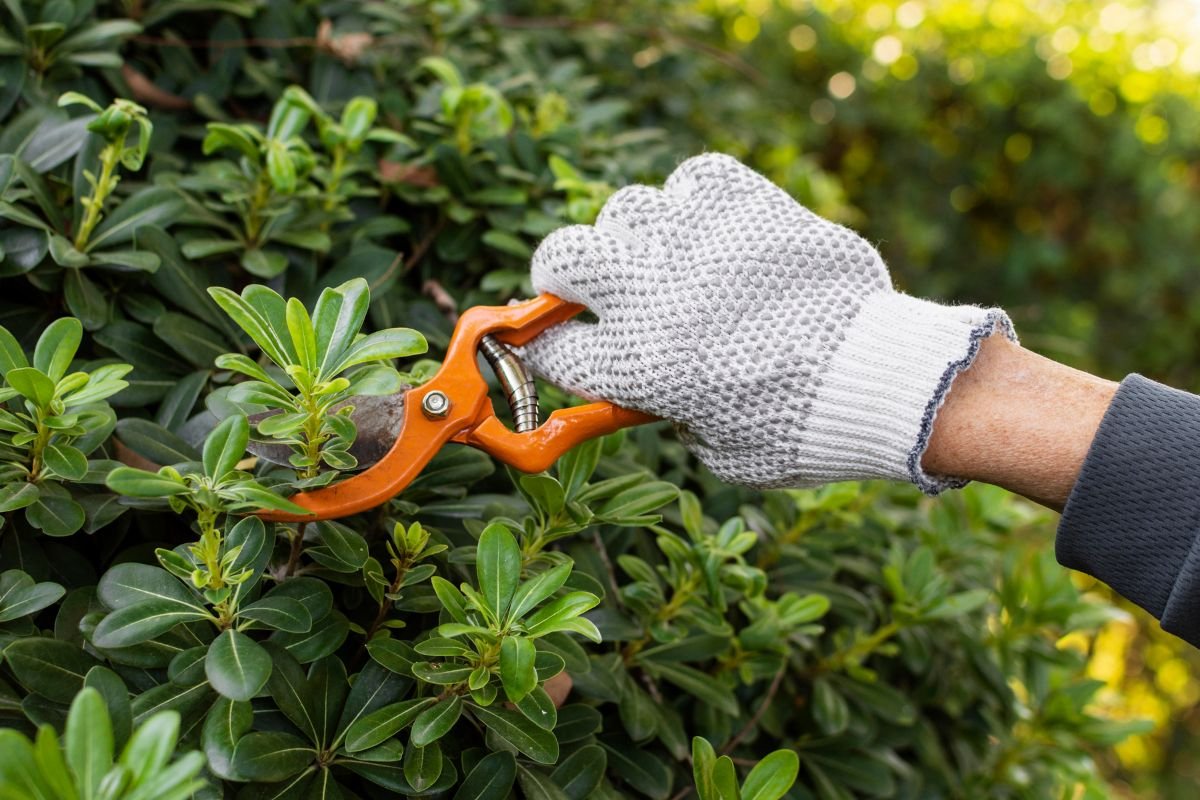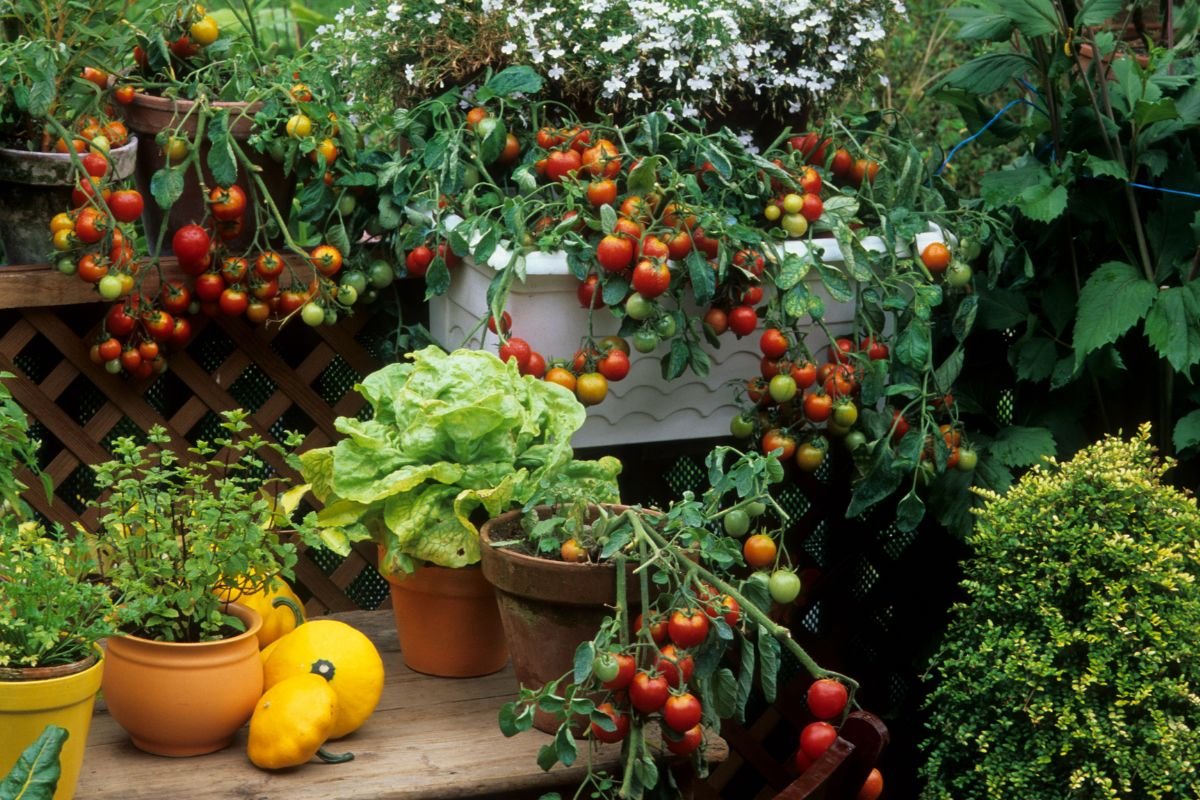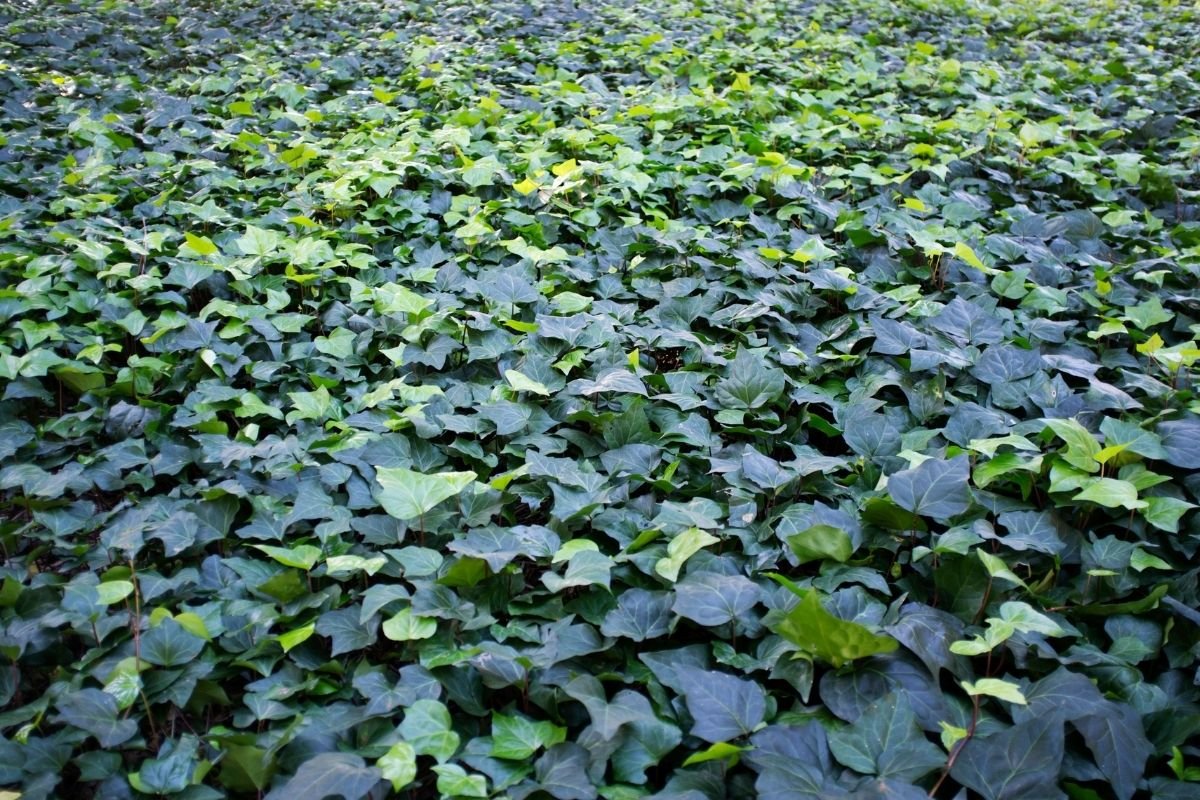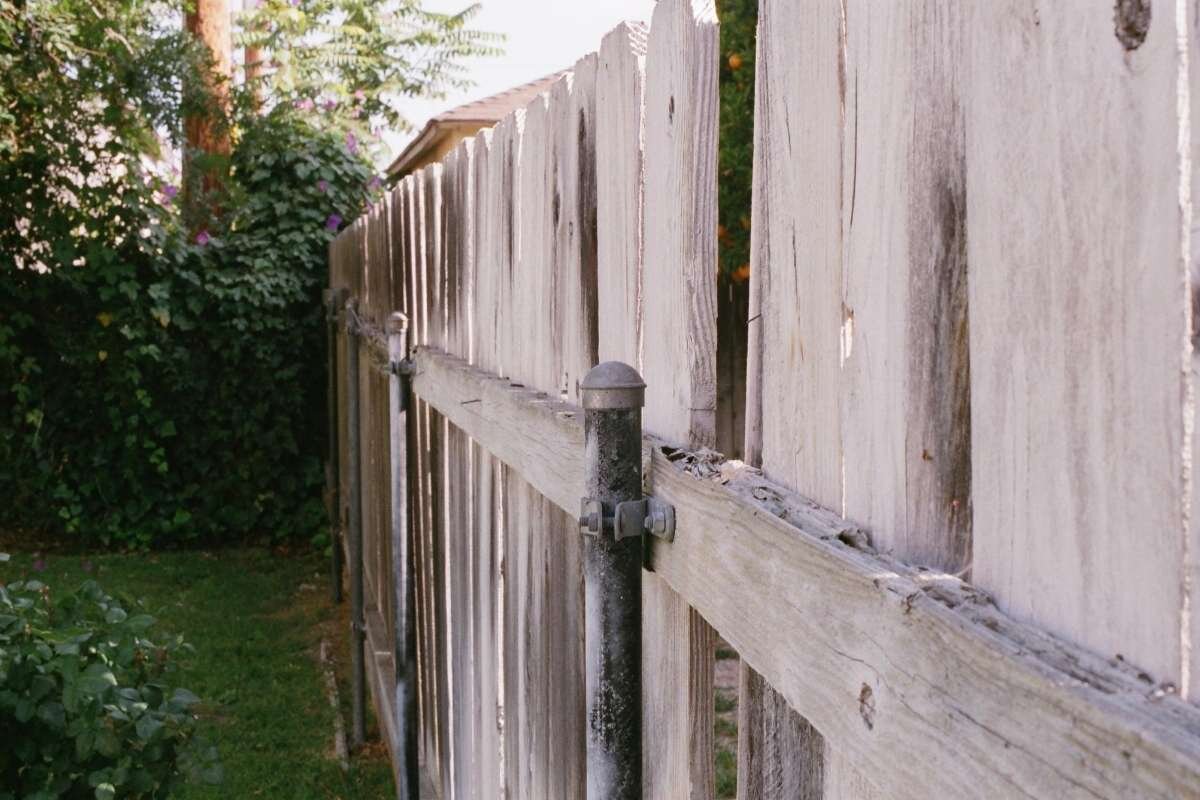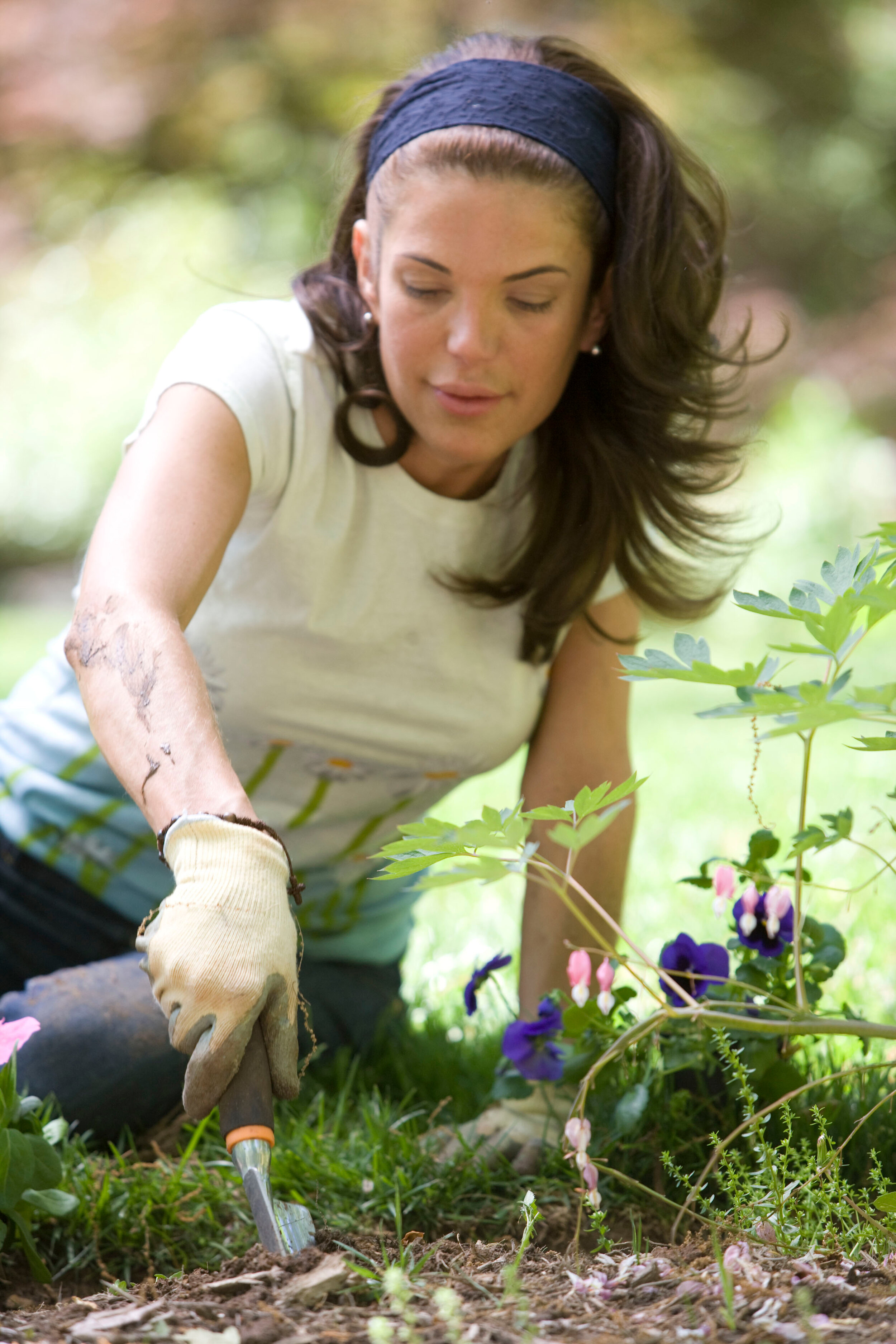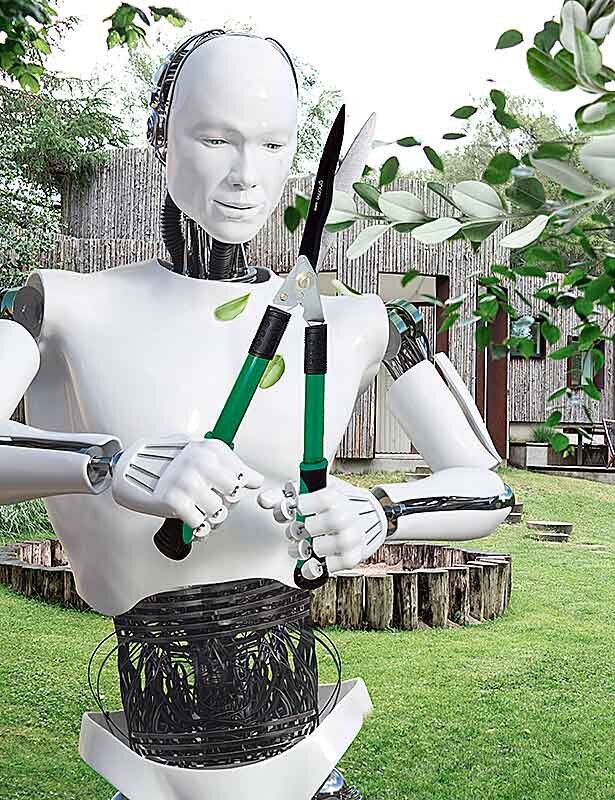When you see yellow on a lemon tree, it’s typically a good sign. Yellow equals lemons, right? Seeing yellow lemons is one thing, but what about yellow leaves? Lemon tree leaves turning yellow is far from a good sign. Read on to learn why it happens and what you can do about it.
What Does it Mean When Your Lemon Tree Leaves Are Yellow?
If you’ve noticed that your lemon tree has yellow leaves, you need to jump into diagnostics mode. There are many possible causes, including citric diseases in NZ, a lack of nutrients, or something else. The first step to diagnosing the problem is identifying the symptoms.
All-over Yellow Leaves on a Lemon Tree
All-over yellow leaves on citrus trees is a common problem, but it’s not one that’s without a cause. Typically, this problem is connected to a magnesium deficiency. Even though there may be plenty of magnesium in your soil, the soil might be too alkaline, which means it’s not in the correct form for your citrus trees’ roots to absorb it.
You can correct this problem by purchasing a yellow leaf remedy from your local garden centre. Alternatively, Epsom salts mixed with water to form a foliar spray may be able to assist. However, it’s crucial not to overdo it, as the cure can be as harmful as the disease if magnesium builds up.
If you are looking for a longer-term solution for yellow leaves on your lemon tree, consider applying a citrus-specific fertiliser during spring and through to autumn. Your local gardening expert may also be able to provide some tips and advice.
Yellow Leaves in Winter
Have you noticed that your leaves take on a yellowy tone in winter but are okay at other times of the year? Mottled yellow leaves can signal a nutrient deficiency. Once spring arrives, feed your citrus trees a citrus fertiliser.
It’s best not to act in winter. Adding fertiliser could promote new growth that then dies due to frost, snow, and generally cold conditions. However, if you want to give your trees the best chance of survival during winter, provide them with lime and gypsum to increase their nutrition and improve the leaves’ appearance.
Dehydrated Leaves
A lack of nutrients is one of the most common reasons for yellow leaves on citrus trees, but it isn’t the only cause. Sometimes, pesky mites are to blame – particularly in hot and dry weather. If you suspect a mite infestation due to the presence of dry leaves, check the underside of the leaves. You may notice a few mites hanging around, pretending to mind their own business.
Rather than leave them to cause more chaos, prepare a soap-based spray. Spray it on both sides of the leaves in the morning and evening when temperatures are cooler. Monitor the tree and respray it every fortnight if the mites reappear.
There are plenty of insects out there that will try and harm your trees. The more proactive you are, the more damage you might be able to avoid.
Veiny, Pale Leaves
Are your citrus tree leaves a pale green, white, or yellow colour with strange-looking green veins? Sometimes, this means your soil is too alkaline, so your tree roots can’t absorb iron. Visit your local garden centre and pick up iron chelates. These work as a liquid feed for the foliage.
However, a lack of iron is not the only reason why your citrus tree leaves may look a little peculiar. Sometimes, a zinc deficiency can be to blame. However, you may notice that leaves also appear narrow alongside being pale and veiny. In the case of zinc deficiency, you can apply a citrus fertiliser.
How to Treat Yellow Leaves on a Lemon Tree
As you now probably realise, there is no single method for treating a lemon tree’s yellow leaves. As there is no single cause, there is no single remedy. However, citrus fertiliser is one of the most popular options for improving your citrus trees’ overall health.
You may also like to talk to your local gardening expert or garden centre worker, who can shed some light on treatment options for varying issues.
General Citrus Tree Care
Whether you planted your own citrus trees or you inherited them in a property purchase, they are wonderful trees to have. They improve the aesthetics of your yard, offer shelter, and bear delicious, refreshing fruit.
However, to ensure they continue providing these useful services, you need to keep them in tip-top shape. Prune them at the right time of the year, provide them with the nutrients they need, and make sure they get enough sunshine and quality soil.
If you’re not confident in making sure your lemon trees can stay as healthy as possible, contact landscaping, gardening, and lawn care teams nationwide to lend a helping hand.




